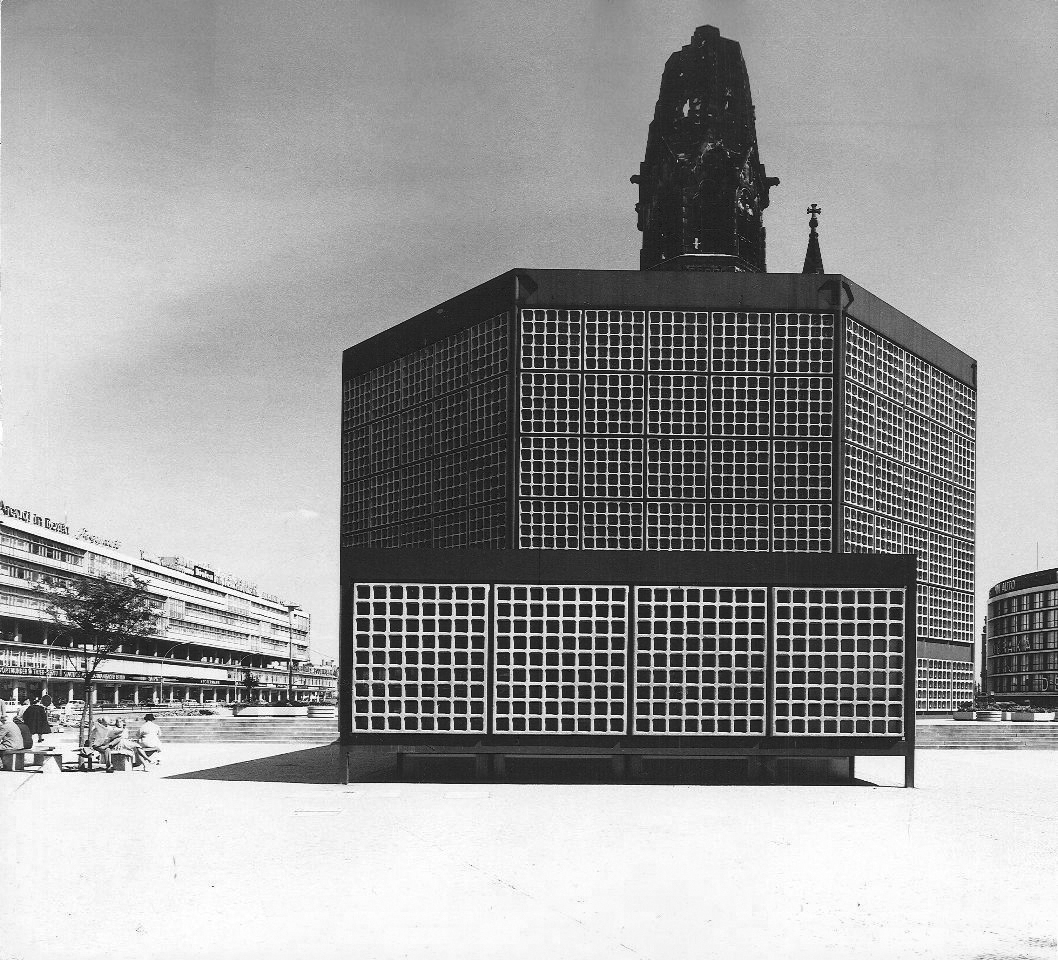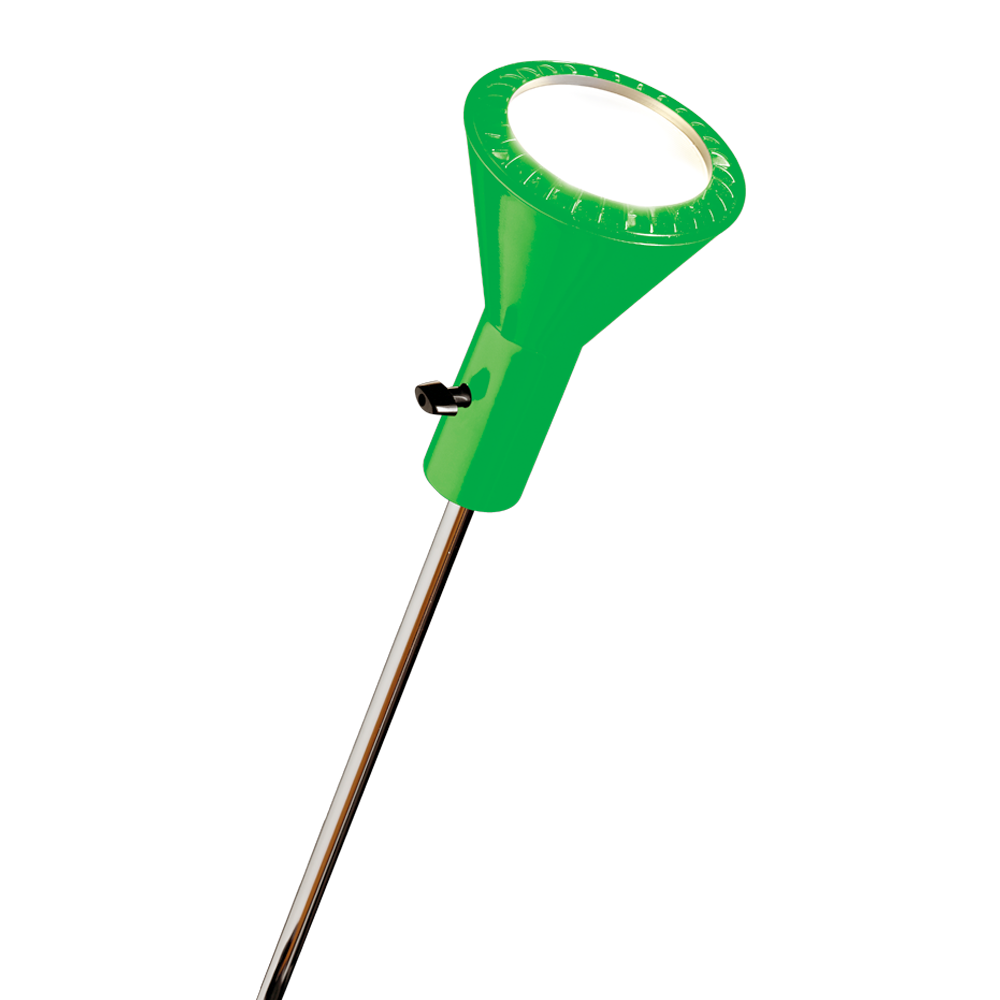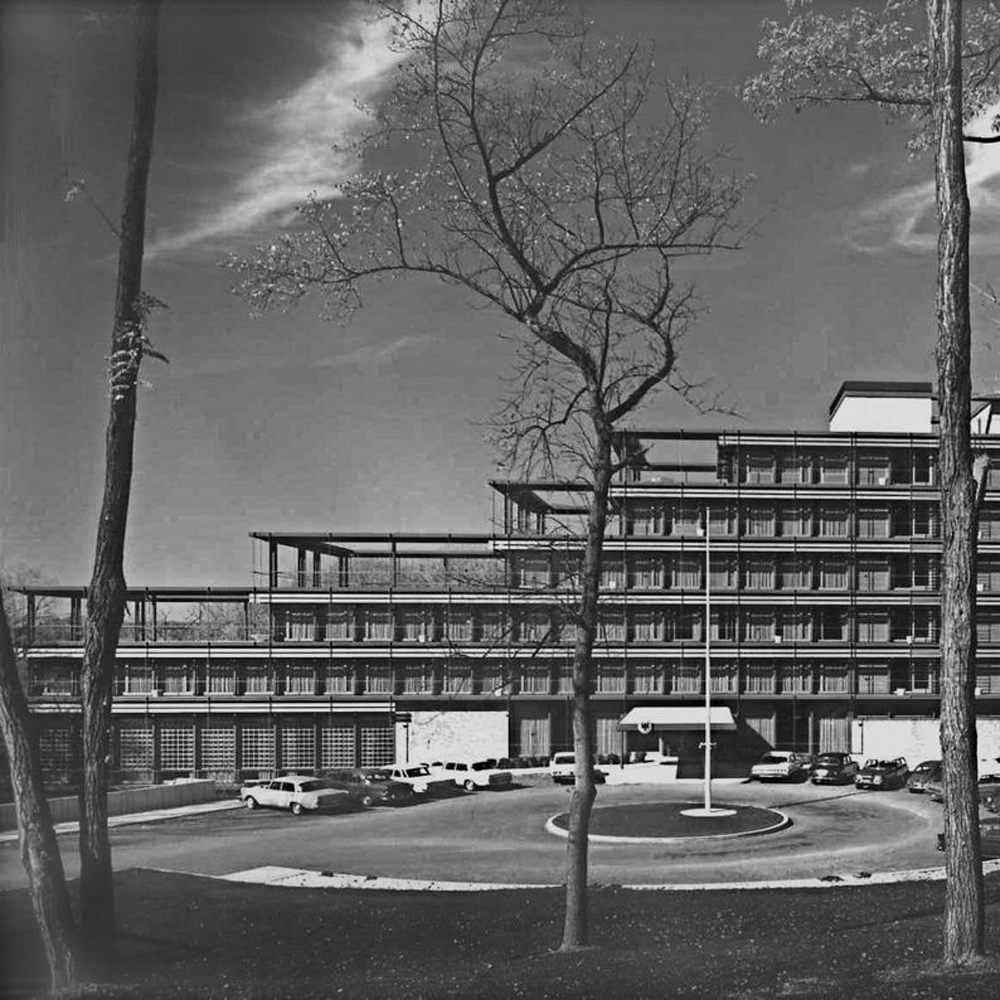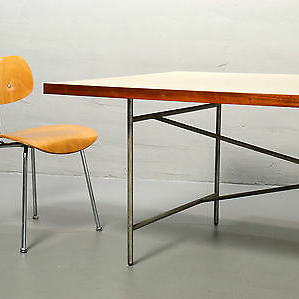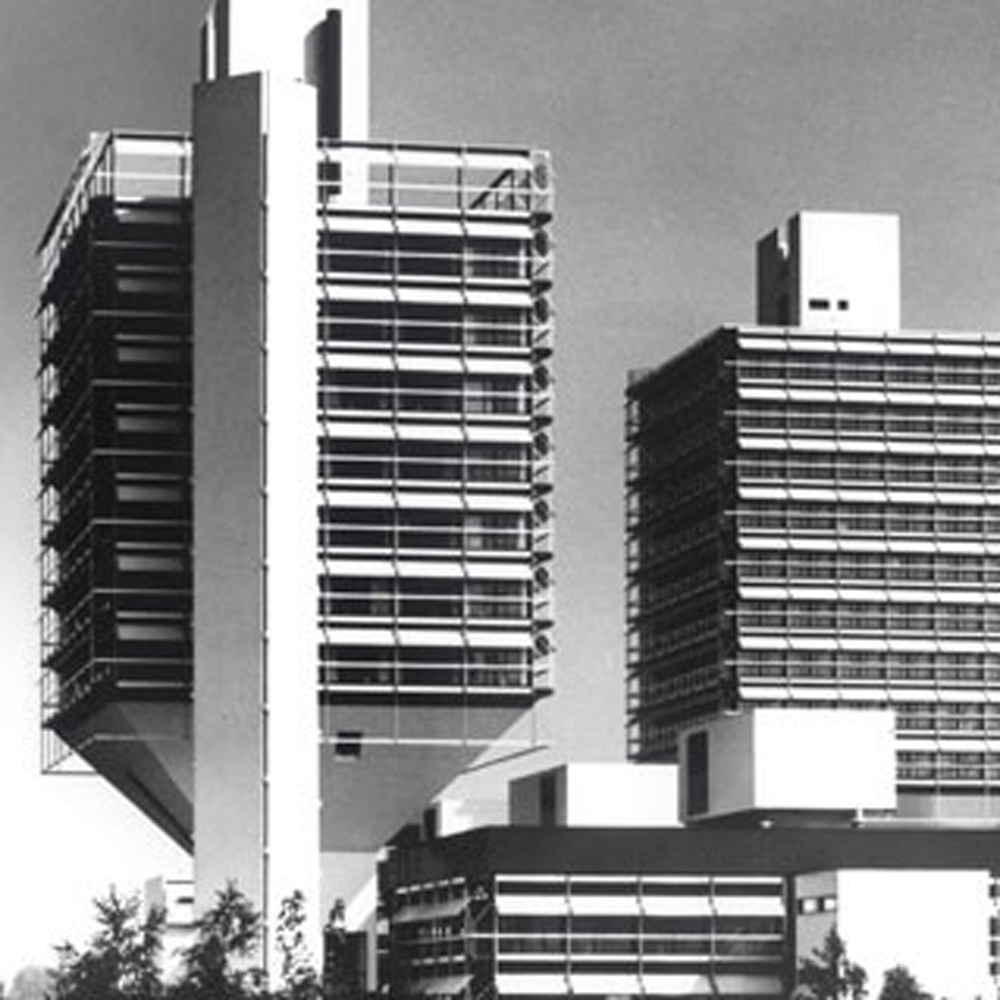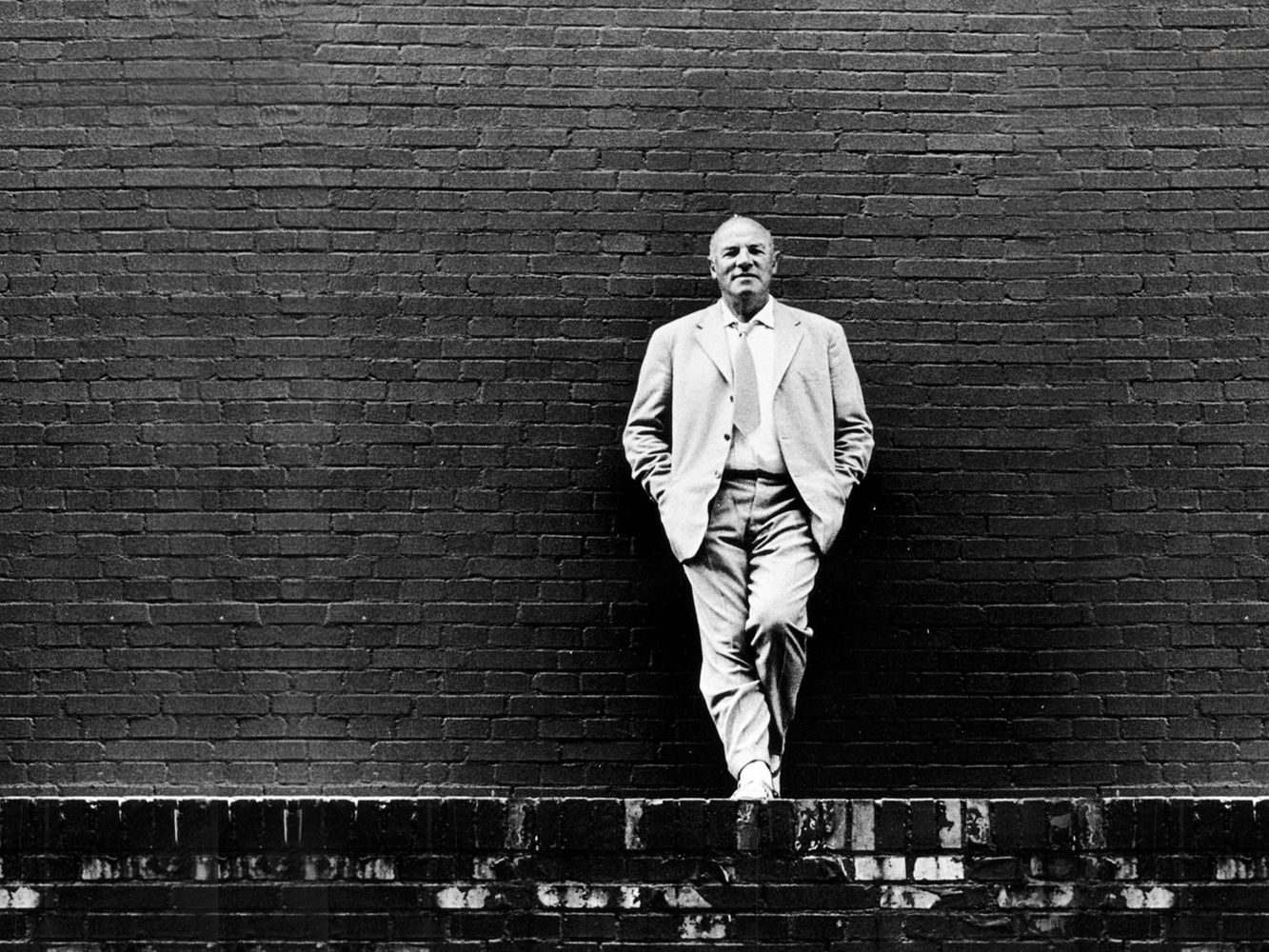
They are commonly referred to fondly as the “lipstick and powder compact”, monument preservation refers to it as a “city icon”, and he himself calls it his life's work. We are talking about the architectural ensemble of the Kaiser-Wilhelm Memorial Church in Berlin, that deteriorating war ruin built in the neo-romanticism style, that Egon Eiermann provided with a modern side. The architect didn't hold much of preserving the old, instead he relied on the consistent progression of the familiar. Functionality and practicality, transparency and reduction to clear lines were in the foreground of his designs. In his own activities, such as his role as professor at the Technical University Karlsruhe, he advanced the development of the Modern. Away from historical ballast, towards lightness.
